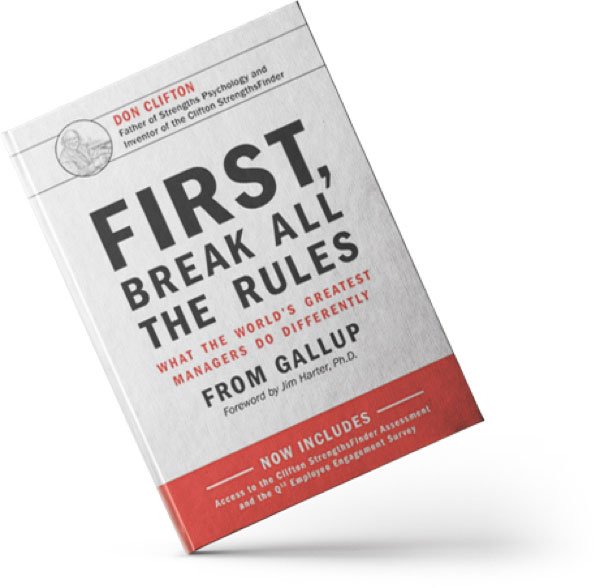Whilst the government remains keen to continue to incentivise UK companies to carry out R&D, there has been a great deal of talk about the effectiveness of the R&D schemes currently offered to businesses.
WHAT’S HAPPENING?
At present, there are two regimes, one offered to small and medium enterprises (‘SMEs’) and a separate less generous scheme offered to large companies.
Following recent consultations with taxpayers, advisers and HMRC, the government believe that the large company scheme offers better ‘value for money’ than the SME scheme, generating a healthier return in terms of value generated through encouraging R&D. The Government has also reported less instances of abuse of the large company scheme when compared to the more generous SME regime.
Unsurprisingly perhaps, the positive press given to the large company scheme has been reflected in the Treasury announcing an increase in the rate of the large company R&D benefit, with a concurrent reduction in the benefit provided by the SME scheme. These changes will take place from 1 April 2023.
The next step now seems to be the potential harmonisation of the two schemes to create one ‘large company style’ regime. As such, HM Treasury have commenced a period of consultation, inviting stakeholders to contribute their thoughts.
The new single scheme has been publicised as being a measure to ‘simplify the R&D tax system in line with the Government’s overall plans for tax simplification’ stating that in actual fact ‘the UK is unusual in having two schemes’.
But what does this mean for existing R&D intensive companies, particularly SMEs who have, over the years, been significant beneficiaries of the cash benefits the scheme provides?
WHAT’S BEING CONSIDERED?
We look at some of the potential changes and questions the Consultation addresses:
- The new scheme is likely to provide an ‘above the tax line’ credit, which unlike the current SME scheme, would bolster a company’s pre-tax profits, providing income that is presented in the accounts on a similar basis to grants. This credit would be taxable and would align SMEs with large companies, who already disclose the taxable R&D credit above the line. The Government asks whether stakeholders agree with this proposal and if not, what alternatives they propose. Additionally, they ask whether this would impact a company’s budgeting decisions in respect of their R&D outlay. Our belief is that whilst the above the line accounting treatment can improve the reader’s perception of the profitability of the company, it is likely to be small, if any consolation to the downside SMEs will face in terms of a reduction in rates of relief (and cash incentives) this new scheme is likely to provide. We would welcome your views on this.
- The present schemes allow the inclusion of R&D supporting costs such as maintenance of equipment, finance and human resources. These costs have been allowed since 2009. However, the Consultation cites concern that the inclusion of these cost categories leads to complexities and boundary pushing. The Treasury asks the question as to whether the inclusion of these costs influences a company’s decision to undertake R&D. Reading between the lines this suggests the Treasury are thinking of disallowing these indirect costs going forwards. In our view, it is valid to allow companies to claim for finance time for managing R&D budgets or human resources to recruit R&D staff. Again, we would welcome your thoughts.
- Currently, there is a difference between the large company and SME scheme in respect of who can claim for subcontractor costs. Large companies are prevented for claiming for the costs of engaging subcontractors to carry out their R&D (subject to some exceptions). However, SMEs can include subcontractor costs in their claim (restricted to 65%). Furthermore, companies can claim the costs for R&D that is subcontracted to them (from large companies) under the large company scheme (but not under the more generous SME scheme). The harmonisation of the two schemes therefore puts these third-party costs under the spotlight, leading to the question of who should be able to claim relief. The Consultation therefore asks for comments on whether the customer or the subcontractor should be able to claim for relief going forwards, and the positive and negative impacts for businesses or sectors either way. This is currently a complex area to negotiate in respect of the present scheme and has led to debate with HMRC on many occasions. The simplification of these rules is welcome, and the fact that the Consultation is asking for views is positive.
The questions raised above are just a few being placed on the table. If you would like to read the full consultation, please click here.
WHAT’S NEXT?
The Consultation is open until 13 March 2023, following which the rules for the new single scheme are likely to be formed, with it potentially being in place by 1 April 2024. If you would like to discuss the implications of this new scheme or your thoughts on any of the points raised, please contact your normal contact in the CP Innovation Team.























